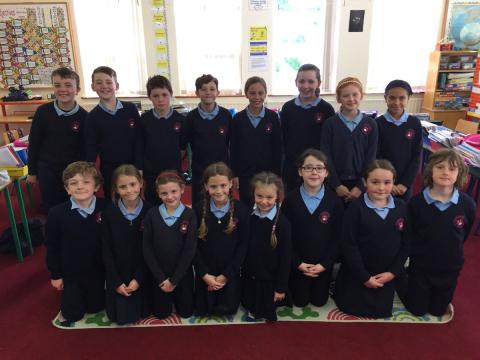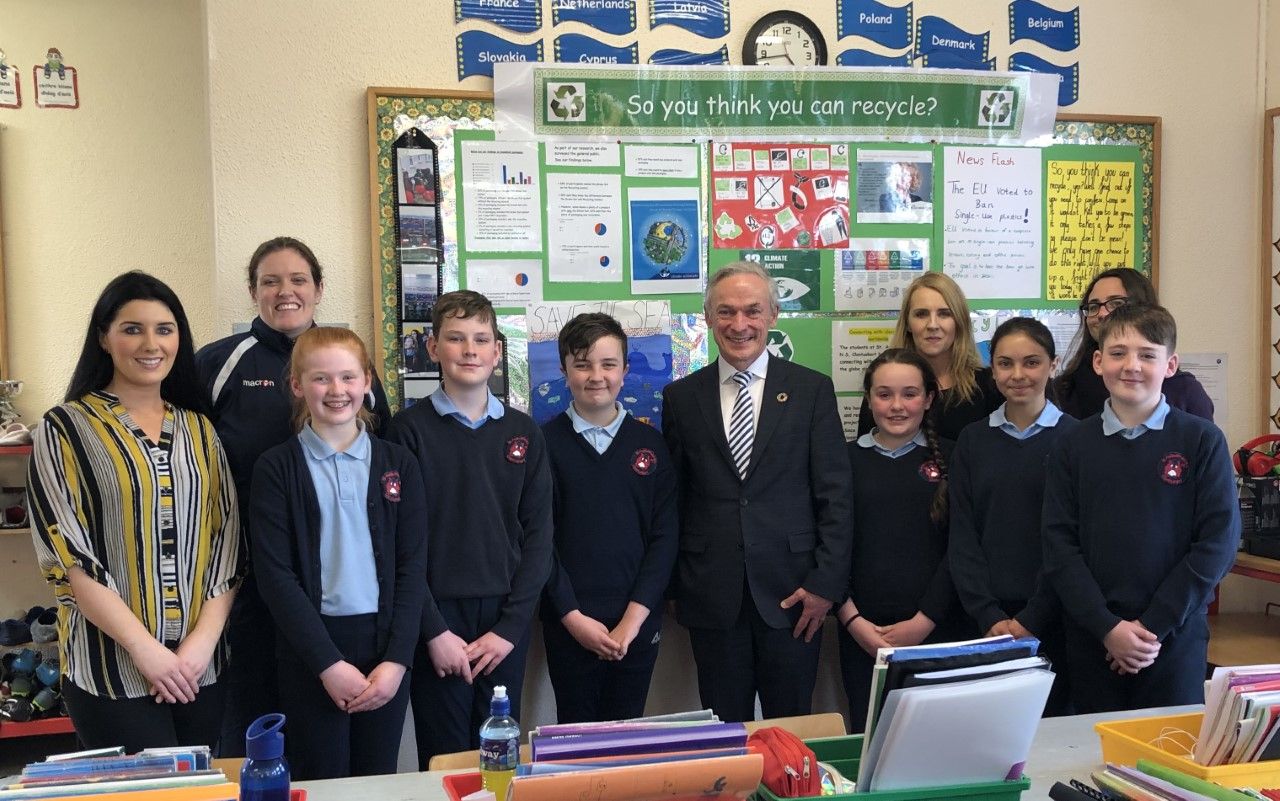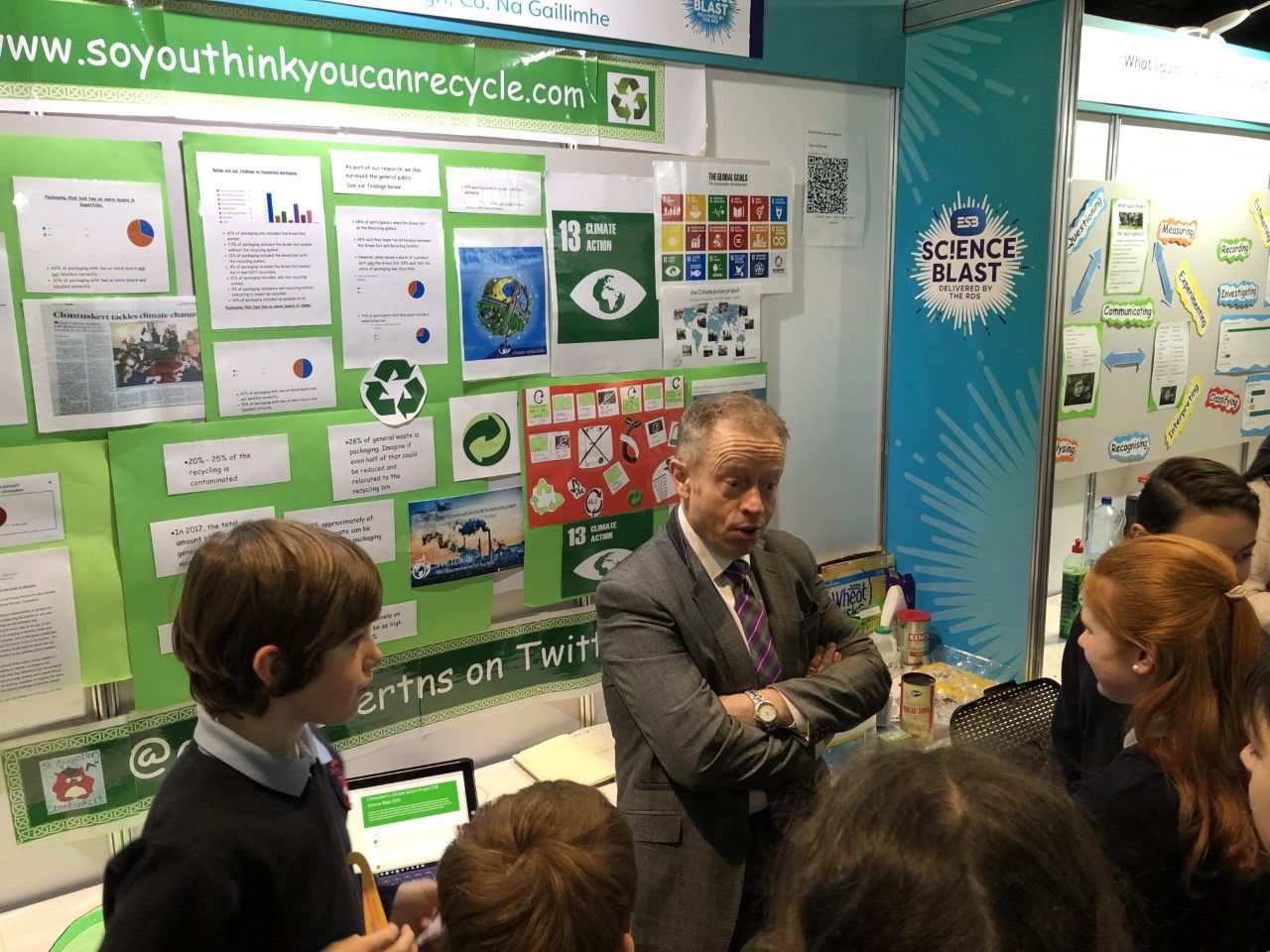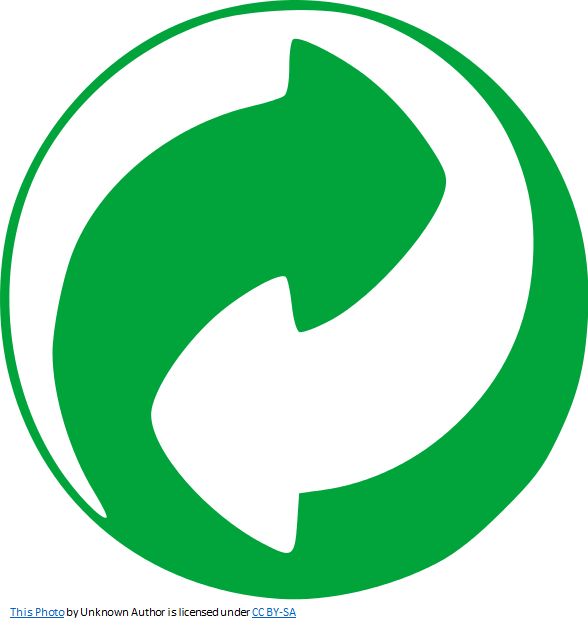Microsoft Education provided the opportunity to meet with and learn from the inspirational Koen Timmers at BETT in London, in 2016. Here MIEExperts and MIEFellows were encouraged to network and share ideas to encourage collaboration and pedagogical development between classrooms and countries. When Koen announced the Human Differences project in 2017, I signed our small rural school up. I teach in St. Augustine’s National School Clontuskert, a Microsoft Showcase School. The opportunity to participate in a global project with fifty-two schools in thirty-seven countries, on six continents, across the world was intriguing and we were honoured to represent Ireland in the project. In an increasingly volatile world, we felt the themes of human differences, gender equality, war and the walls between us, building bridges and the opportunity to Skype classrooms across the world would greatly benefit our students.

We explored how it is wonderful to be unique and our differences should be recognised and celebrated. We focused on gender differences in three areas and looked at how these differences affected the students personally as young people in the west of Ireland. We especially focused on gender inequality in sport in Ireland and interviewed; Caroline Murray- Player Retention & Programme Evaluation Coordinator with the Camogie Association, Dr. Aoife Lane, Chairperson of the WGPA (Women’s Gaelic Players Association) and two members of the Galway Hurling Team, David Burke, Captain and Aidan Harte. The pupils used this research to create a film that can be seen on the school blog.
In week four the students learnt about partition, the creation of Northern Ireland and the Troubles. They looked at physical walls that are built to divide in Belfast, called the Peace Walls. On foot of this the students Skyped Barry Corrigan and his class in Millennium Integrated Primary School in Belfast, exploring our shared history and learning from and with each other. Olivier Diijkmans of Stedelijke Basisschool, Omnimundo and his students in Antwerp, Belgium moderated the call and Jim Pedrech and his students in the London District Catholic School Board in Ontario, Canada created the questions asked. This made the call truly international with the students from all four countries learning from each other about the differences that separate us and the similarities that bind us together.
Following this opportunity to create a growth mindset, use critical-thinking and reasoning skills to build deep knowledge in the Human Differences we were eager to participate in Koen’s next endeavour, the Climate Action Project, in October 2017. This time 250 schools over 69 countries collaborated on climate change topics over the course of four exciting weeks.
Clontuskert students conducted research, brainstormed and discussed ideas, presented and shared their findings on climate change via videos and online presentations. They practised 21st-century learning skills and explored the United Nations Sustainable Development Goals. Climate Action is the 13th Sustainable Development Goal set by the UN to be achieved by 2030. Following the project, Clontuskert's efforts were highlighted in the National Geographic.
Teachers in Clontuskert became discussion leaders and mentors pointing their students in the right direction and in the age of 'fake news' highlighting the importance of verifying sources. The methodologies incorporated several subjects; History, Geography, Science, Geography, Mathematics, Literacy and Drama. At the end of each week students in Clontuskert developed a film to showcase their work that was uploaded to the project website; www.climate-action.info Students then assessed their own work and those of their peers in consultation with their teachers.
During the final week of the project, Clontuskert students Skyped with fellow participants in Dubai, New Jersey and Portugal to establish personal and meaningful connections with their global peers and share and explore the work of each school. This instilled a greater understanding of the importance of acting against climate change. As participants in the Climate Action Project Clontuskert travelled more than 18,000 virtual miles via Skype, ensuring they learnt about global issues directly from students living in each country.
Dr. Anne Dolan of Mary Immaculate College of Education, Limerick, who is a past pupil of Clontuskert, facilitated a Climate Action Workshop in the school and observed the Skype lesson with GEMS school in Dubai and teacher Shafaque Riaz. During the call with GEMS, students learnt about Dubai's research on self-driving flying taxis and their plans to implement the system. Clontuskert students in turn shared their research on the efforts Ireland is making to combat climate change and the recent effects of Storm Ophelia on the country. Dr. Dolan has included the project findings and outcomes in her upcoming book Powerful Primary Geography: a toolkit for 21st Century Learning London: London: Routledge
On foot of Clontuskert's work, Microsoft Ireland visited to film the students in action in their classroom. The students demonstrated their collaborative approach to research. They spoke to camera about how they used tools such as OneNote Classroom Notebook, Skype in the Classroom and Surface devices to work on meaningful, real-world problem-solving in the classroom.
Clontuskert students linked with other schools across the world to empower them to create change during the 2018 Climate Action Project and the No More Plastic Project in Spring 2019. The #NoMorePlastic project involved 416 schools across 68 countries. The opportunities to explore, brainstorm, discuss, create, connect, reflect and share their findings via weekly videos on http://www.no.moreplastic.info/ meant collaboration with their global peers led to a deeper understanding of global problems with plastic, microplastics and the plastic soup in our oceans.
On the day Ireland made history by being the second country in the world to declare a Climate Emergency, the Minister for Communications, Climate Action and the Environment, Richard Bruton visited St. Augustine’s National School, Clontuskert. On foot of this meeting, the Minister launched a new labelling system, unique to Ireland, on Friday 21st June, to make it easier for people to recycle.

During the Global SDG Projects, we had researched Ireland’s Waste Management Systems and discovered a major issue with packaging and waste separation. Our students wanted to alert the Minister to this problem personally and appeal to him to action change. Minister Ciaran Cannon set up the meeting, following the ESB Science Blast event at the RDS, where the students had explained the issues and their solutions, and asked him to work with the government on their behalf.

The problem arose with the Green Dot symbol. In Ireland, this European award is given by Repak. It is NOT a recycling symbol. It means that the company who made the product contributed financially towards a recycling fund in Europe and does not necessarily mean that the packaging can be recycled. These funds are used for worthy projects across Ireland; however, problems arose with the system as the Clontuskert students discovered.

In a survey of adults, designed by the students of St. Augustine’s, they found that 84% thought the Green Dot was the Recycling symbol. Furthermore, following an invite to Dunne’s SuperValu in Ballinasloe students were shocked to find that over 17% of packaging only had the Green Dot on it and could not be recycled. The findings in other supermarkets and shops are similar to this. Because the Green Dot is perceived to be the Recycling Symbol this waste goes into the recycling stream and contaminates the rest of the recycling in the bag. According to Campbell Finnie, Manager of Barna Recycling, who collaborated with Clontuskert on the project, some waste management companies send contaminated bags to landfill rather than separating the waste.
At Galway Science and Technology Festival in November, led by teacher Kathy Colohan, students showcased their work and sought to educate people about their recycling and waste separation. The Project won the Overall Schools’ stand Award for their work. Dr. Anne Dolan of Mary Immaculate College and Nóirín Burke of Galway Atlanticaquaria, connected with the class and developed their understanding of the effects of climate change.
The students received a letter from President Michael D. Higgins who encouraged them in their work. He wrote; “As President of Ireland, I am very proud of the many young citizens in this country who are constantly willing to rethink, reimagine and re-consider the way we live in order to that real difference can be achieved. The pupils of St. Augustine’s are such young citizens and I would like to thank you for your commitment to working together, to explore the many ways in which we can address the critical challenge of climate change.”
The students created a website called www.soyouthinkyoucanrecycle.com with a short animation to explain the problems with waste symbols in Ireland and especially with the Green Dot. They have also worked with parent and graphic designer, Caitríona Murphy to design an app to scan packaging and inform the householder of what can and cannot be recycled.
During their research, Clontuskert students found that while 25% of products had both the Green Dot and the recycling symbol, 10.5 % had no symbols at all and 60% of products with more than more two layers, were not labelled correctly! This is not only an issue in Ireland but in Europe also, compounded by the fact that 84% think the Green Dot is the recycling symbol. The new system introduced by Minister Bruton will clearly identify whether an item is widely recycled, non-recyclable or whether more information should be sought before deciding how to dispose on www.mywaste.ie
Clontuskert students are delighted that their work has had an impact on the way packaging symbols work in Ireland and that following his visit to our school, Minister Bruton has moved to make recycling easier for people across the country. This coordinated approach will ensure positive change for the future. We will continue our work in this area during the 2019 Climate Action Project and will aim to raise awareness and affect change across the whole of Europe.
